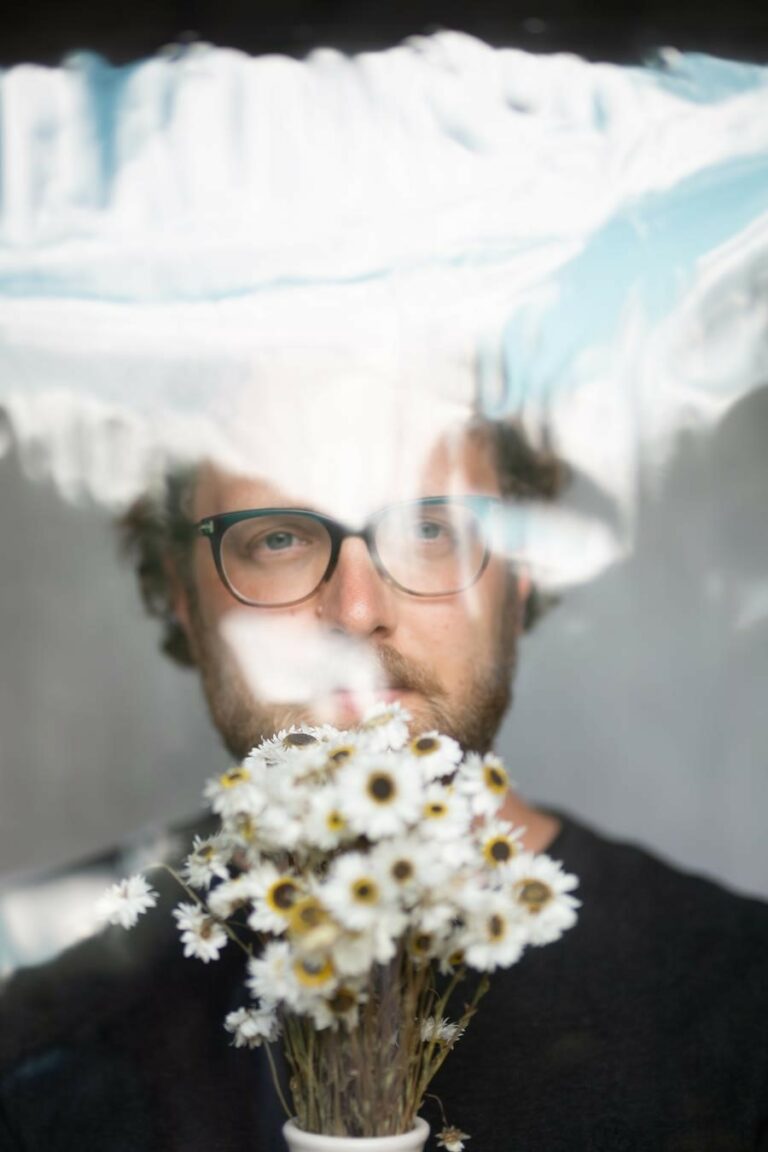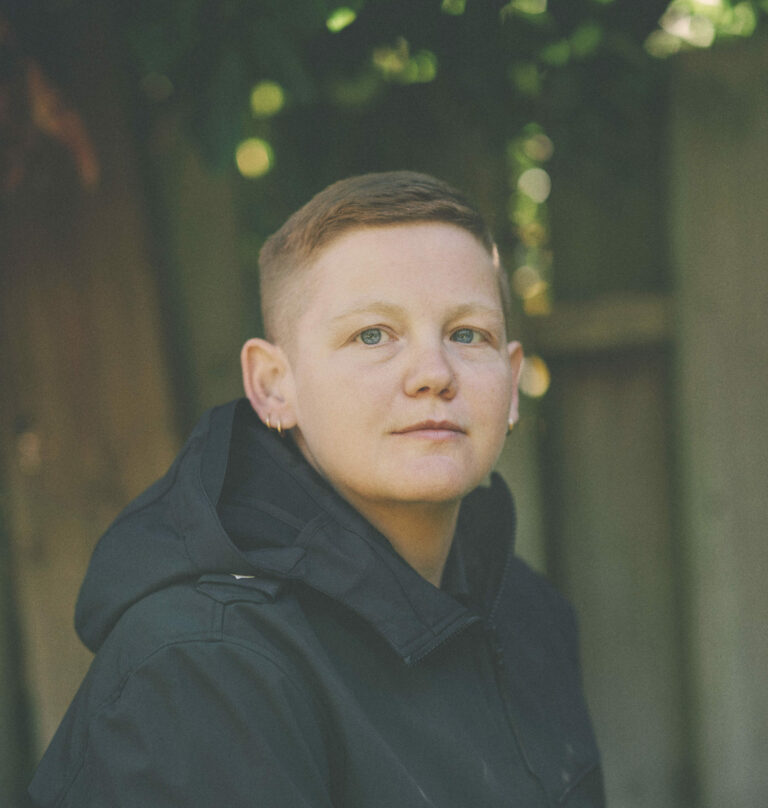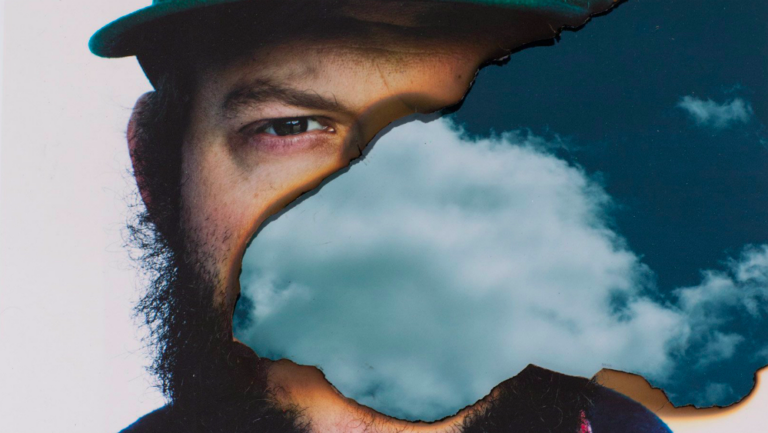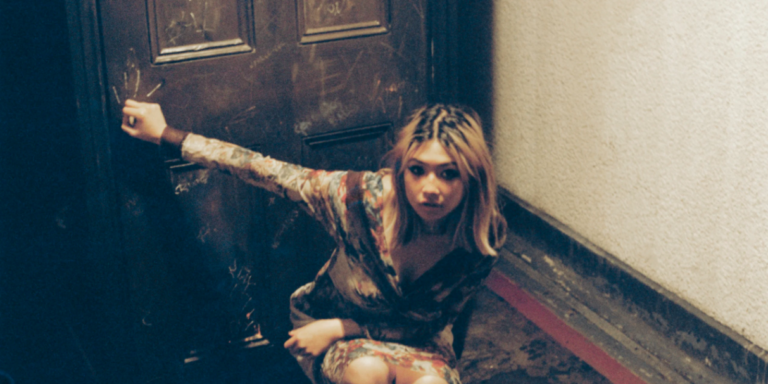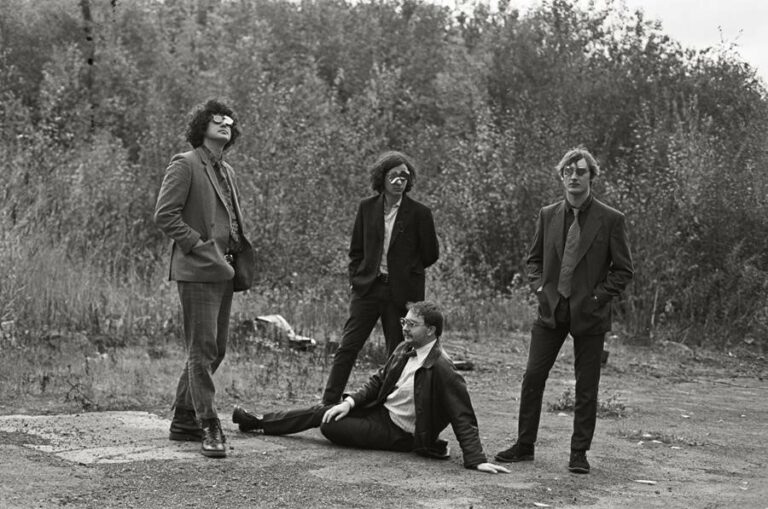Gone are the days when you need a hefty budget to be able to set up a recording studio. Today, thanks to the benefit of the internet and the advancement of technology, anyone can set up a standard music recording studio in the comfort of their home even with the help of Audio Art Cable. Plus, you only need extra inches of table space, instead of a large room solely dedicated to the studio.
Thankfully, we live in an age where almost anyone can record their own music. While there are several online platforms that allow people to upload their finished music, easy access to recording equipment has made it easier for a lot of music lovers to achieve their dream.
Here are the things you need to set up a home recording studio.
Computer
Make sure you pick a very reliable computer. There’s no need to spend too much money on an expensive computer. Simply get one that has decent storage and is very fast. Plus, it should be able to process the sound you want to record. You can either have a full desktop setup, a laptop, or even both. The laptop makes it possible to do your recordings on the go.
Digital Audio Workstation (DAW)
Most people do their recording with a computer and the help of a digital audio workstation (DAW). With different types of digital audio workstations available to choose from, it is important to do a little research to find out which one will better suit the kind of music you want to record.
Audio Interface
If you are going to be creating all your music with the help of virtual sounds, then an audio interface may not be an essential part of your setup. Nonetheless, it is a good option to have. However, if you are going to rely on your vocals, then you need to have an audio interface as part of your setup. You should also have the kind of live instrument(s) that you want in your music connected to your audio interface. The quality of your sound matters, so it is important to buy good quality instruments. Before you buy, visit Making Music Pro to point you in the right direction.
MIDI Keyboard
A MIDI keyboard or a mini electronic keyboard is a must-have for any home recording studio setup. And don’t worry, you don’t need to be a Beethoven to be able to use it. Most of the time, you will simply use it to test out different sounds and melodies with your VST Plugins. The size of the keyboard to use should depend on how much space you have, but most probably you’ll want more keys for larger projects thus getting and 88 key MIDI keyboard might be an option.
Studio Monitors
Studio monitors will be used to hear what you are mixing or recording. If you are wondering why regular desktop speakers are not used for studio recording, that is because these PC speakers are already tuned for a certain type of music. Studio monitors are tuned flat and that allows producers to hear the dynamics of the tracks. A decent pair of studio monitor. A decent pair of studio monitors should be enough to do the trick. Thankfully, most of the models manufactured lately are both small-sized enough to find space on your table and have very good quality. Add a pair of balanced ¼” TRS cables to your studio monitors, and you are good to go.
Headphones
Not all headphones are good enough to be used in a recording studio. Thus, it is important to pick the right headphones – headphones designed to deliver a solid frequency response while offering a precise sound replication. Your headphones should also come with a noise canceling feature. That is, it should be able to eliminate any form of outside sound or noise and tune only into the music you are working on. Ensure that the headphones you choose have a closed-back design that enables it to minimize any form of bleed back from the audio you are working on.
Microphone
Whether you are looking for a modern, sleek, or vintage microphone, there are loads of options currently available on the market. Just make sure that you purchase a microphone that captures decent and clear sound. It should also produce a natural sound that stays true to the original sound when using your live instruments. For most recording experts, flat-top condenser mics offer better frequency response, as they are more sensitive when compared to the dynamic microphones. Also, ensure that your choice of a microphone can be used on different kinds of amplifiers, is easy to set up, and can also be used on acoustics and other audio sources.
Conviction And Creativity
You can have an impressive setup of equipment but if you lack the creativity or conviction it requires to produce good quality music, then you are basically wasting your time. Consider listening to different sound selections for inspiration. Get creative with the kind of music you want to showcase, and do not allow yourself to be held back by anything. For this you will need to plan exactly how you want your music tracks to be structured. You can start with blank clips, consider creating placeholder tracks and blank MIDI clips. This will give you a broader perspective of the track as a whole. To further stimulate your creativity, why not experiment with different sounds especially the presets or vocal phrases that you are unfamiliar with. By not simply sticking to what you know, you are opening yourself up to opportunities of brilliance while making your track.
Production Process Mastery
If you’re quite new to music production, it is crucial that you familiarise yourself to the key processes required. This isn’t something that you will learn in one day, rather it will take hours upon hours of practise to perfect. Granted, due to the complexity of these processes, it may be wise to get help from an experienced technical pro. So what exactly are these processes? Well the first is your songwriting abilities – think about how your track will flow from start to finish. Consider the rhythm, harmony and melody of the track because a great song is one that is emotive to the listener. Will it make them want to kick back and relax, or will it energise them to jump up and dance. Other essential processes to think about includes the editing and tracking process, the arrangement process as well as the final mixing and mastering processes.
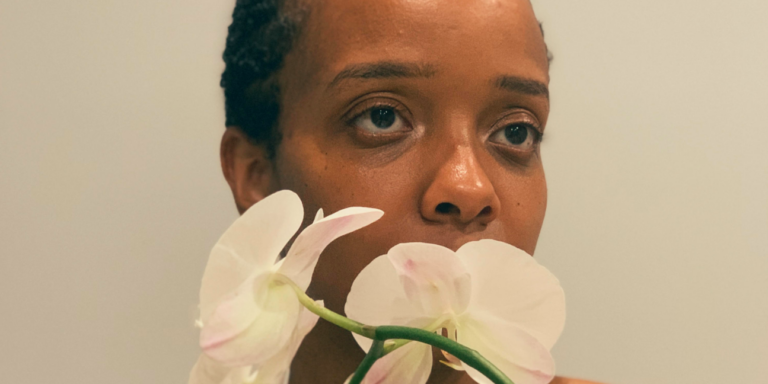

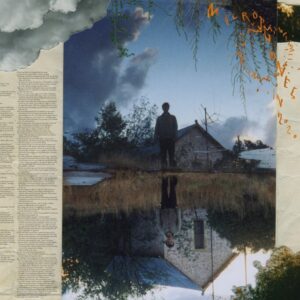 Phil Elverum is back with his first new album as the
Phil Elverum is back with his first new album as the 
 Deep Purple
Deep Purple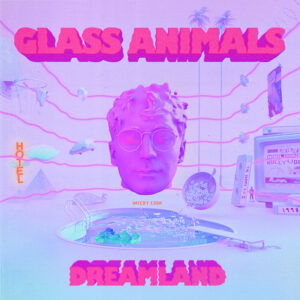 British psychedelic outfit
British psychedelic outfit 
